Ambient Sounds For Writers
Ambient sounds for writers
Find the right place to write your novel…
Nature
Arctic ocean
Blizzard in village
Blizzard in pine forest
Blizzard from cave
Blizzard in road
Beach
Cave
Ocean storm
Ocean rocks with rain
River campfire
Forest in the morning
Forest at night
Forest creek
Rainforest creek
Rain on roof window
Rain on tarp tent
Rain on metal roof
Rain on window
Rain on pool
Rain on car at night
Seaside storm
Swamp at night
Sandstorm
Thunderstorm
Underwater
Wasteland
Winter creek
Winter wind
Winter wind in forest
Howling wind
Places
Barn with rain
Coffee shop
Restaurant with costumers
Restaurant with few costumers
Factory
Highway
Garden
Garden with pond and waterfall
Fireplace in log living room
Office
Call center
Street market
Study room from victorian house with rain
Trailer with rain
Tent with rain
Jacuzzi with rain
Temple
Temple in afternoon
Server room
Fishing dock
Windmill
War
Fictional places
Chloe’s room (Life is Strange)
Blackwell dorm (Life is Strange)
Two Whales Diner (Life is Strange)
Star Wars apartment (Star Wars)
Star Wars penthouse (Star Wars)
Tatooine (Star Wars)
Coruscant with rain (Star Wars)
Yoda’s hut with rain ( Star Wars)
Luke’s home (Star Wars)
Death Star hangar (Star wars)
Blade Runner city (Blade Runner)
Askaban prison (Harry Potter)
Hogwarts library with rain (Harry Potter)
Ravenclaw tower (Harry Potter)
Hufflepuff common room (Harry Potter)
Slytherin common room (Harry Potter)
Gryffindor common room (Harry Potter)
Hagrid’s hut (Harry Potter)
Hobbit-hole house (The Hobbit)
Diamond City (Fallout 4)
Cloud City beach (Bioshock)
Founding Fathers Garden (Bioshock)
Things
Dishwasher
Washing machine
Fireplace
Transportation
Boat engine room
Cruising boat
Train ride
Train ride in the rain
Train station
Plane trip
Private jet cabin
Airplane cabin
Airport lobby
First class jet
Sailboat
Submarine
Historical
Fireplace in medieval tavern
Medieval town
Medieval docks
Medieval city
Pirate ship in tropical port
Ship on rough sea
Ship cabin
Ship sleeping quarter
Titanic first class dining room
Old west saloon
Sci-fi
Spaceship bedroom
Space station
Cyberpunk tearoom
Cyberpunk street with rain
Futuristic server room
Futuristic apartment with typing
Futuristic rooftop garden
Steampunk balcony rain
Post-apocalyptic
Harbor with rain
City with rain
City ruins turned swamp
Rusty sewers
Train station
Lighthouse
Horror
Haunted mansion
Haunted road to tavern
Halloween
Stormy night
Asylum
Creepy forest
Cornfield
World
New York
Paris
Paris bistro
Tokyo street
Chinese hotel lobby
Asian street at nightfall
Asian night market
Cantonese restaurant
Coffee shop in Japan
Coffee shop in Paris
Coffee shop in Korea
British library
Trips, rides and walkings
Trondheim - Bodø
Amsterdam - Brussels
Glasgow - Edinburgh
Oxford - Marylebone
Seoul - Busan
Gangneung - Yeongju
Hiroshima
Tokyo metro
Osaka - Kyoto
Osaka - Kobe
London
São Paulo
Seoul
Tokyo
Bangkok
Ho Chi Minh (Saigon)
Alps
New York
Hong Kong
Taipei
More Posts from Youaurendenial and Others

the worst state to be in
I DONT CARE WHAT SEASON IT IS, EVERYONE NEEDS TO SEE THIS


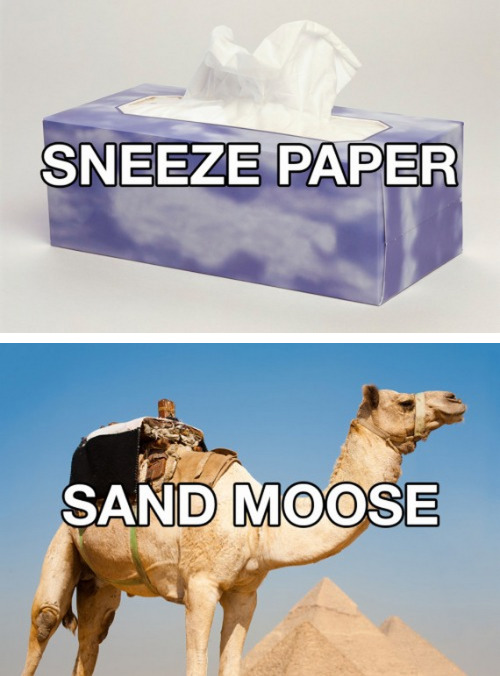

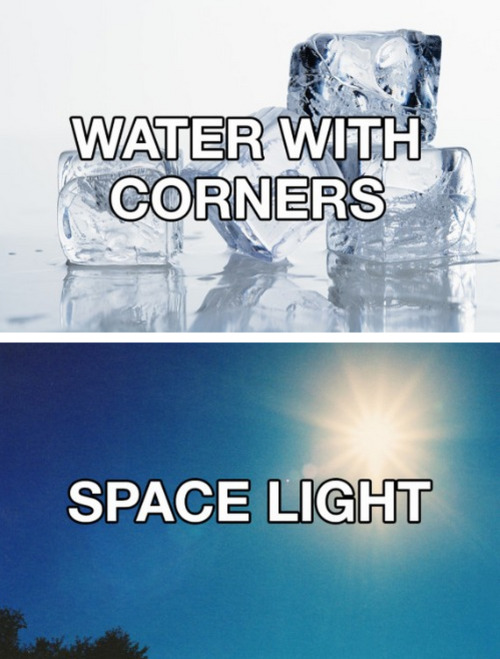


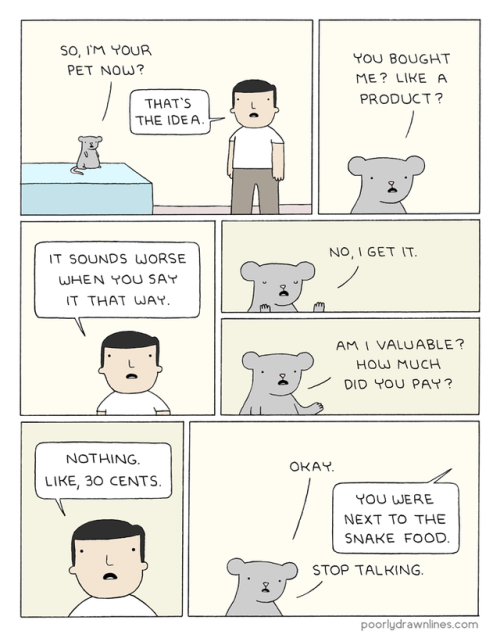
Pet Now
Celebrating 10 Years of Revolutionary Solar Views
Twin spacecraft give humanity unprecedented views of the entire sun at one time, traveling to the far side of our home star over the course of a 10-year mission.

These two spacecraft are called STEREO, short for Solar and Terrestrial Relations Observatory. Launched on Oct. 25, 2006, and originally slated for a two-year mission, both spacecraft sent back data for nearly eight years, and STEREO-A still sends information and images from its point of view on the far side of the sun.

STEREO watches the sun from two completely new perspectives. It also provides information invaluable for understanding the sun and its impact on Earth, other worlds, and space itself – collectively known as space weather. On Earth, space weather can trigger things like the aurora and, in extreme cases, put a strain on power systems or damage high-flying satellites.
Because the rest of our sun-watching satellites orbit near our home planet, STEREO’s twin perspectives far from Earth give us a unique opportunity to look at solar events from all sides and understand them in three dimensions.

We use data from STEREO and other missions to understand the space environment throughout the solar system. This helps operators for missions in deep space prepare for the sudden bursts of particles and magnetic field that could pose a danger to their spacecraft.

STEREO has also helped us understand other objects in our solar system – like comets. Watching how a comet’s tail moves gives us clues about the constant stream of particles that flows out from the sun, called the solar wind.

STEREO is an essential piece of our heliophysics fleet, which includes 17 other missions. Together, these spacecraft shed new light on the sun and its interaction with space, Earth, and other worlds throughout the solar system.
To celebrate, we’re hosting a Facebook Live event on Wednesday, Oct. 26. Join us at noon ET on the NASA Sun Science Facebook page to learn more about STEREO and ask questions.
Learn more about how NASA studies the sun at: www.nasa.gov/stereo
Follow us on Tumblr for your regular dose of space: http://nasa.tumblr.com
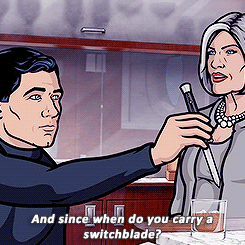




Motivated
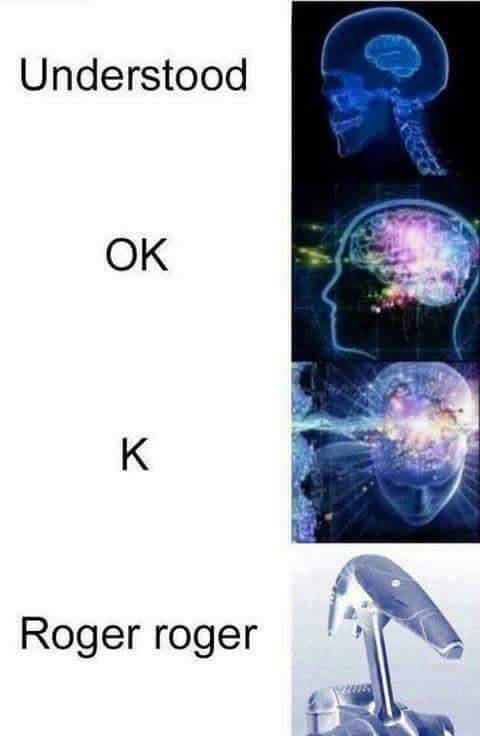






Brooklyn Nine-Nine characters as Pokémon Go teams. What team are you on?
-
 wonderer125blog liked this · 4 weeks ago
wonderer125blog liked this · 4 weeks ago -
 ximmeas liked this · 1 month ago
ximmeas liked this · 1 month ago -
 hylianforests liked this · 1 month ago
hylianforests liked this · 1 month ago -
 assthetics-andart reblogged this · 1 month ago
assthetics-andart reblogged this · 1 month ago -
 antihell liked this · 1 month ago
antihell liked this · 1 month ago -
 seh93 liked this · 1 month ago
seh93 liked this · 1 month ago -
 casiaflumen liked this · 2 months ago
casiaflumen liked this · 2 months ago -
 woflooker liked this · 2 months ago
woflooker liked this · 2 months ago -
 frootcentral reblogged this · 2 months ago
frootcentral reblogged this · 2 months ago -
 orangeparsleyprincess liked this · 2 months ago
orangeparsleyprincess liked this · 2 months ago -
 averygayfairy reblogged this · 2 months ago
averygayfairy reblogged this · 2 months ago -
 fangirl-hoe liked this · 2 months ago
fangirl-hoe liked this · 2 months ago -
 oliv732 liked this · 2 months ago
oliv732 liked this · 2 months ago -
 lilnox liked this · 2 months ago
lilnox liked this · 2 months ago -
 newdawnhorizon reblogged this · 2 months ago
newdawnhorizon reblogged this · 2 months ago -
 thisismyscrapbooknow reblogged this · 2 months ago
thisismyscrapbooknow reblogged this · 2 months ago -
 iputhepinprincess liked this · 2 months ago
iputhepinprincess liked this · 2 months ago -
 talisman975 liked this · 2 months ago
talisman975 liked this · 2 months ago -
 talisman975 reblogged this · 2 months ago
talisman975 reblogged this · 2 months ago -
 berserkerrose reblogged this · 2 months ago
berserkerrose reblogged this · 2 months ago -
 berserkerrose liked this · 2 months ago
berserkerrose liked this · 2 months ago -
 sombernights26 liked this · 2 months ago
sombernights26 liked this · 2 months ago -
 welcome-home-official reblogged this · 2 months ago
welcome-home-official reblogged this · 2 months ago -
 ya-pucking-nerd reblogged this · 2 months ago
ya-pucking-nerd reblogged this · 2 months ago -
 she-tachi liked this · 2 months ago
she-tachi liked this · 2 months ago -
 tfmaster reblogged this · 2 months ago
tfmaster reblogged this · 2 months ago -
 tfmaster liked this · 2 months ago
tfmaster liked this · 2 months ago -
 imagine-btp reblogged this · 2 months ago
imagine-btp reblogged this · 2 months ago -
 blondethinkpink reblogged this · 2 months ago
blondethinkpink reblogged this · 2 months ago -
 imaginemasterlist-for-btp reblogged this · 2 months ago
imaginemasterlist-for-btp reblogged this · 2 months ago -
 junebug-whimsy liked this · 2 months ago
junebug-whimsy liked this · 2 months ago -
 bryofighting reblogged this · 3 months ago
bryofighting reblogged this · 3 months ago -
 wetmeatchaperone liked this · 3 months ago
wetmeatchaperone liked this · 3 months ago -
 astroclown reblogged this · 3 months ago
astroclown reblogged this · 3 months ago -
 astroclown liked this · 3 months ago
astroclown liked this · 3 months ago -
 severegentlemenmusic liked this · 3 months ago
severegentlemenmusic liked this · 3 months ago -
 starravens liked this · 3 months ago
starravens liked this · 3 months ago -
 oxfordsonnets reblogged this · 3 months ago
oxfordsonnets reblogged this · 3 months ago -
 suju15stark liked this · 3 months ago
suju15stark liked this · 3 months ago -
 craftytrashnightmare liked this · 3 months ago
craftytrashnightmare liked this · 3 months ago -
 spacedoutdarling liked this · 3 months ago
spacedoutdarling liked this · 3 months ago -
 honeyed-pines liked this · 4 months ago
honeyed-pines liked this · 4 months ago -
 electronicharmonypainter liked this · 4 months ago
electronicharmonypainter liked this · 4 months ago -
 creator-jf liked this · 4 months ago
creator-jf liked this · 4 months ago -
 makeshiftshadow liked this · 4 months ago
makeshiftshadow liked this · 4 months ago -
 dreamvomitao3 reblogged this · 4 months ago
dreamvomitao3 reblogged this · 4 months ago -
 lolavale reblogged this · 4 months ago
lolavale reblogged this · 4 months ago
